CERN's Collaborative Management Model
 This article was originally published in BusinessWeek by Krisztina Holly, vice-provost for innovation and executive director of the USC Stevens Institute for Innovation. Krisztina gave us permission to reprint it here.
This article was originally published in BusinessWeek by Krisztina Holly, vice-provost for innovation and executive director of the USC Stevens Institute for Innovation. Krisztina gave us permission to reprint it here.
Business leaders could learn valuable leadership lessons from the collaborative management style at the Large Hadron Collider at CERN
As a business leader, imagine trying to manage more than 7,000 scientists from 85 countries around the world—with their own languages, cultures, and expertise—on a 20-year collaboration to create the most complex system ever built.
Now imagine the goal is to recreate the conditions a billionth of a second after the Big Bang. And none of the experts on your team will get personal credit for changing our fundamental understanding of the universe. And oh, by the way, you don't have control of anyone's paycheck.
It might seem like an impossible management situation. But that is exactly what is going on at the Large Hadron Collider (LHC) at the European Organization for Nuclear Research (CERN) in Geneva, Switzerland.
The LHC has garnered some attention to date: An explosion last September delayed the experiments for a year, myths of black holes still plague the program, and the just released movie Angels and Demons features a fictitious "antimatter bomb" from CERN. But these issues distract us from the real story.
Beyond the atom-smashing, business leaders have special reason to examine what is going on in Geneva. CERN's remarkable leadership and culture are what make their extraordinary advancements possible. And most important, we can apply these principles to stimulate innovation in our own organizations, no matter how big or small.
The Power of Collective Ownership
I visited CERN twice last year, and it is a wonder to behold: a 27-km-long circular tunnel and four enormous detectors, buried 100 meters underground. One of the four experiments, called ATLAS, weighs as much as the Eiffel Tower, has about 20 million components, uses 3000 km of cables and 1000 km of piping, and requires some 5 million lines of computing code to run.
You might assume a project this massive requires top-down, authoritative leadership. But there are no directors. No CEOs or presidents. No corner offices. In fact, the main building is cylindrical, with every office the same size. The leader of each experiment is called the "spokesperson," and a "resource coordinator" tracks the allocation of money and people.
LHC leaders create the framework for people to share and contribute. Gathering spaces throughout CERN serve as giant "water coolers" where ideas can be shared. Different perspectives are valued, and decisions are made with input from everyone. How? With weeklong summits, held three or four times a year; thousands of less formal meetings that are open to all collaborators, and an online system that allows participants to browse agenda and watch presentations remotely.
To a fast-paced corporate executive, this may sound like overkill, but the investment up front eliminates costly issues that can surface later. Everyone feels ownership and commitment.
Building a Sense of Trust
The entire community at CERN operates with a profound sense of trust that comes from a mutual code of ethics. Everyone is expected to work hard and share.
Because their community is close-knit and their most valuable currency is reputation, experimental physicists around the world know who contributes. Conversely, the few who have been too proprietary with their ideas have been ostracized. It's like a crowd-sourced performance review.
Notably, CERN promotes the open-access movement in scientific publishing; anyone can access results, which are posted to the CERN library site.
Failed Experiments = Learning Opportunity
People don't fail, experiments do. At CERN, failure is a valuable learning opportunity, not a cause to point fingers. Remarkably, after the explosion last September delayed experiments for a year, no one was fired.
It may seem that on a project of such great scale, there is no room for taking risks. But in truth, the project evolves through a natural process of experimentation and peer review.
For example, those running the ATLAS experiment and its counterpart, the Compact Muon Solenoid (CMS), needed to make a very fundamental design choice in the early 1990s: what technology to use for the magnets. They did not commit to a decision and hope for the best. Failure at that level would definitely be disastrous. Instead, each experiment provided the budget for two or three teams to prototype different technologies in parallel. After numerous iterations, CMS and ATLAS made their final and very different bets based on years of designing, building, testing—and, yes, sometimes failing.
Although corporate executives do not always have the luxury to undertake multiple major developments in parallel, they can encourage a culture of small experiments and risk-taking early in the development process. Ultimately, this up-front investment begets a better end product and much less risk of a bigger failure later.
Share the Vision
The scientists at CERN are unrelentingly dedicated to a singular goal. But surprisingly, because so many have contributed, it would be very difficult for anyone on the team to win the Nobel Prize. Regardless, thousands of experts manage to keep their egos in check and collaborate. They do so because they share a common yardstick for all decisions: What is the best choice for physics?In business, this means having an ambitious yet attainable vision for the organization that is embraced by the grass roots and embodied by the leadership. Of course, egos at CERN do clash. And there is spirited competition between ATLAS and CMS to be the first to discover the "Higgs particle." But the leaders avoid wasting energy on trying to control everything. Instead they focus on nurturing the right environment for innovation.
As I toured CERN, I was struck by the scale and complexity of the undertaking. But I was also struck by how simple, yet revolutionary, the approach to innovation seems. It's simple enough that we could all try it.
Thank you to Markus Nordberg, Robert Cousins, and George Brandenburg, who contributed to this column.
Krisztina Holly is vice-provost for innovation and executive director of the USC Stevens Institute for Innovation at the University of Southern California. Holly is a serial entrepreneur with a B.S. and M.S. in mechanical engineering from the Massachusetts Institute of Technology. Prior to USC, she was founding executive director of MIT's Deshpande Center for Technological Innovation.
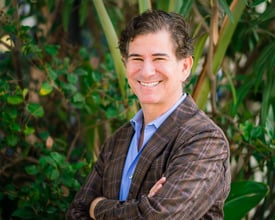 Tony Greenberg
Tony Greenberg
 Ivan Nikkhoo, Managing Partner – Navigate Ventures
Ivan Nikkhoo, Managing Partner – Navigate Ventures Michael Sherman, Neil Elan and Karine Akopchikyan
Michael Sherman, Neil Elan and Karine Akopchikyan Alejandro Guerrero
Alejandro Guerrero Eric Eide, Alliance for SoCal Innovation
Eric Eide, Alliance for SoCal Innovation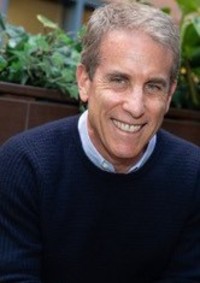 Kevin DeBre
Kevin DeBre Braven Greenelsh
Braven Greenelsh Rob Freelen, Los Angeles Market Manager, Silicon Valley Bank
Rob Freelen, Los Angeles Market Manager, Silicon Valley Bank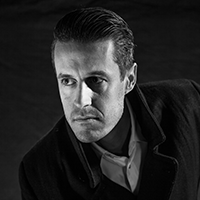 Braven Greenelsh
Braven Greenelsh Kaäre Wagner, Silicon Valley Bank
Kaäre Wagner, Silicon Valley Bank Al Guerrero, Silicon Valley Bank
Al Guerrero, Silicon Valley Bank Rob Freelen, Los Angeles Market Manager, Silicon Valley Bank
Rob Freelen, Los Angeles Market Manager, Silicon Valley Bank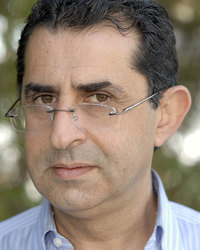 Sid Mohasseb
Sid Mohasseb William Hsu
William Hsu Braven Greenelsh
Braven Greenelsh Dinesh Ravishanker
Dinesh Ravishanker Dina Lozosfky
Dina Lozosfky Melinda Moore
Melinda Moore Ivan Nikhoo
Ivan Nikhoo Jaspar Weir
Jaspar Weir Erik Caso
Erik Caso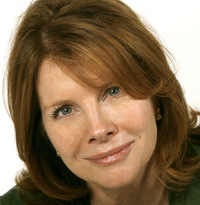 Tracy Olmstead Williams
Tracy Olmstead Williams Dave Berkus
Dave Berkus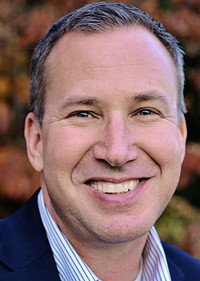 Bernard Luthi
Bernard Luthi Peter Cowen
Peter Cowen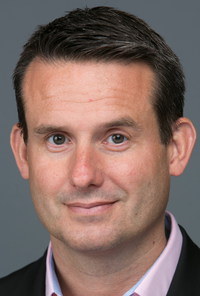 Nick Hedges
Nick Hedges Eric Larsen
Eric Larsen Michael Terpin
Michael Terpin Steve Reich
Steve Reich